Urban Conservation
Xeriscape
For most of the country, over 50 percent of residential water is applied to landscapes and lawns. Xeriscape (pronounced Zeer'-ah-scape) can reduce landscape water use by 70 percent or more.
In other words, Xeriscaping is "common sense gardening." It means less water, less fertilizer, less maintenance and less expense--but certainly a no less beautiful yard. The idea is to replace part of your lawn with plants that are naturally adapted to our dry climate. Adding organic mulches such as wood chips around the plants holds moisture in the soil, helps prevent weeds and adds nutrients to the soil.
Xeriscape plants, once established, can usually survive on rain water alone. It just takes some planning.
If you'd like more information about adding a Xeriscape area to part of your lawn, visit a local Xeriscape demonstration site to see which plants you like and which grow best here in the southern Panhandle. Sites are located at the South Platte NRD office at 551 Parkland Drive in Sidney, the Cheyenne County Courthouse in Sidney and at the Chappell High School.
Buffalograss lawns
Buffalograss has made a big difference when it comes to urban conservation efforts. Since 2005, District residents have replaced about 38,000 sq. ft. of lawns converted to Buffalograss through the Cash For Grass Program. The resulting savings in lawn watering could be more than 500,000 gallons each year.
Buffalograss has been deemed a good alternative choice for its benefits in several areas. In most cases .5 to 1 lbs of nitrogen per 1000 sq. ft. is appropriate for a low to medium maintenance turf, about one-third the amount required for a healthy cool grass lawn. In addition, maintaining Buffalograss has a lower water requirement, approximately 50-75% less than cool season grasses, depending on conditions. Less water application greatly reduces the chances of nitrogen leaching into ground water, lessens the chance for runoff into storm drains and has the added benefit of less water being drawn from the aquifer. Buffalograss also is less susceptible to many of the pests associated with traditional turf grass, potentially reducing the
Rain Gardens and Rain Barrels
As a working part of a landscape, rain gardens catch runoff from roofs that could otherwise become runoff that carries pesticides, fertilizer, oil and other pollutants down the gutters. Such runoff goes into storm drains and eventually to the stream, where pollutants leach into ground water.
Rain gardens prevent such addition to runoff by catching the greater share of water off the roof in a bioswale, or catch basin, filled with amended soil and plants that encourage water to slowly absorb into the soil.
As a design element within the landscape Reisdorff adds that in the right application, with the added moisture, homeowners can enjoy plants they might not otherwise be able to use.
As with rain gardens, rain barrels provide a way to reduce runoff. But rain barrels catch the water in a way that allows the home owner to use the water at a later date.
The urban cost share varies from practice to practice. As a general rule, the cost share covers 50 percent of a practice, up to that application’s limit.
Assistance for the Rain Barrel practice provides up to $50 toward the purchase of a 50 gallon (minimum) barrel, with a limit of cost share on two barrels per year.
For Rain Gardens, up to $500 in assistance can be obtained for construction and installation of a garden, with a limit of one such garden per year.


